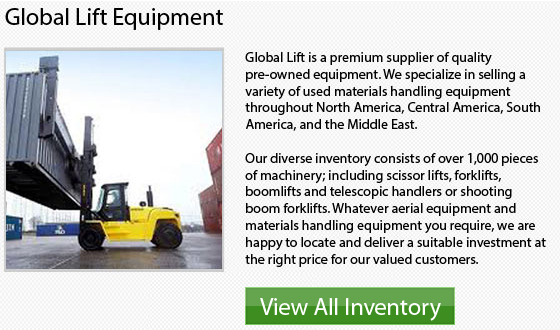
Performance
The overall result of how well the equipment's functions work together is categorized by the performance of the equipment. The machine's overall effectiveness is determined by a combination of user-friendliness, capacity, lifting speed and visibility.
The engine and the working hydraulics undergo extreme lifting and this puts intense demands on the equipment. The lifting factor is only a part of the operating cycle. Prior to the machinery being able to unload or load, the demands are placed on effective brakes, tight turning radius with high pulling process and accurate control. All of these functions need to be able to work in an optimum fashion, even after heavy usage.
Engine
Every empty container handler is made with a straight six cylinder turbo charged engine equipped with an intercooler. The engines are adapted to the specific working conditions of empty container handling. These conditions consist of high torque levels and high power at low engine speeds.
The engines of existing units comply with the stringent legal environmental demands that are presently in the business. The engines provide low noise and vibration levels, low exhaust emission levels, low fuel consumption characterize all engine alternatives.
Transmission
All container handlers have been made with extremely durable hydrodynamic transmission systems. For fast acceleration with a minimum of "clutch-slip" the transmission has included gearbox and torque converter. The gear changing is electrically accomplished by solenoid valves. These provide 3 reverse and 3 forward gears which are controlled by means of an easily operated multifunction lever.
Drive Axle
The rugged drive axles have engineered to deal with the various working settings in terminals and ports. All axles have reduction in 2 stages - hub reduction and differential. These features guarantee a minimum of strain on the transmission system. In addition, the drive axles are fitted with a hydraulic braking system.
Service Brake System
All empty container handlers have wet disc brakes with oil cooled discs that are alternately fixed to and rotating with the hub. The disc brakes are pressed together by hydraulic pressure from the brake pedal, when the brakes are engaged. This provides effective braking to the model. The system is able to deal with heavy loads over a long period of time and is basically maintenance free. This particular system offers no fade and requires no need for brake adjustments.